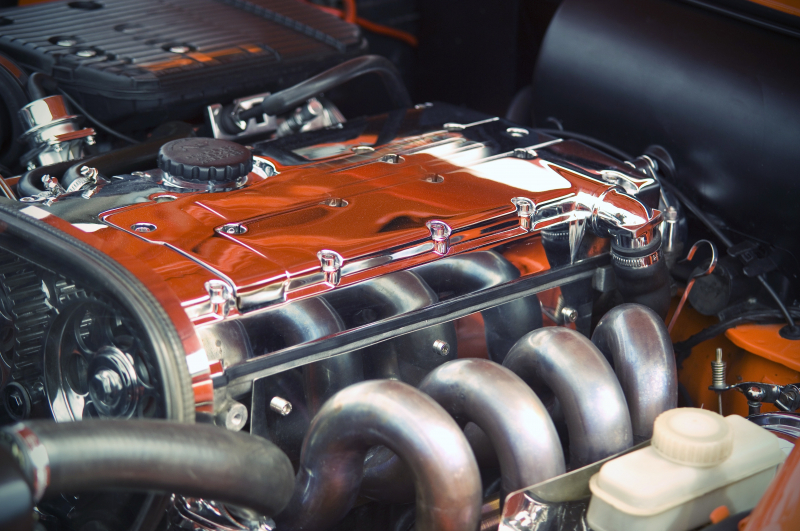There is Honda’s VTEC (or i-VTEC in today’s offerings). Then there’s Toyota’s VVT-i. And Mitsubishi has its MIVEC under the hoods of its current lineup. While many of you may have come across these letters at one point or another, chances are most folks don’t have a clue about what they are al about.
While most car companies put these letters and acronyms to spruce up brochures and press kits, all these mumbo-jumbo actually stand for something pretty interesting under hood. They essentially indicate that the vehicles being offered have Variable Valve Timing.
While the internal combustion engine has always utilized valves for both the intake and exhaust side of the engine, these simply opened and closed. Period. The intake valve, for instance, opened and closed at a certain point during the combustion prcess. It also did the same for a specific number of seconds. It was the same story for the exhaust valve, this one allowing the burnt air/fuel mixture to leave the combustion chamber.
Sure it was simple. Yet it also had a glaring downside—it was the same duration and timing for all engine speeds. What this meant was there wasn’t much power to go around. There would even be te threat of power loss as higher engine speeds meant less air/fuel being burned. And let’s not even talk about fuel economy—or the lack, thereof (especially in larger displacement motors)
But that was then. Thanks to innovations such as Variable Valve Timing, Variable Valve Lift, or the combination of both, engines are able to perform much more efficiently and are more flexible. Using technologies such as variable cam lobes and the like, the duration and timing of valve opening and closing can be altered depending on engine load and speed.
If an engine runs at higher speeds, for instance, the intake valves could be programmed to open earlier and longer to let in more air and fuel. This in turn would provide more power. The opposite can be done for lower engine speeds—making the mil more fuel efficient. It could likewise help lessen harmful emissions.
What this essentially does is give the engine and the driver the best of both worlds. One could have a fuel efficient motor when he wants to, as well as a powerful motor when he needs it. If all this still sounds a tad too technical, simply think of it like human lungs—they expand to let in more air, and vice-versa. Agai, the best of both worlds.
Below is a short video showing how Honda's VTEC does its busienss. Just to make things a bit more interesting.




